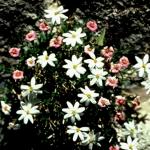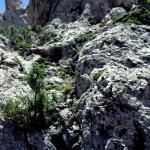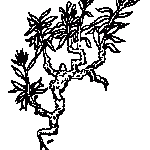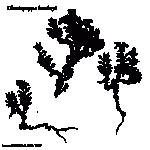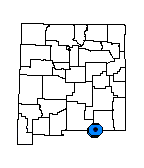Chaetopappa hersheyi (Hershey's Cliff Daisy)
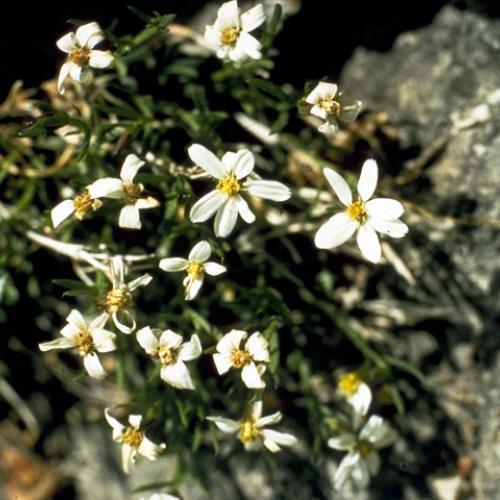
| USFWS | State of NM | USFS | BLM | Navajo Nation | State Rank | Global Rank | R-E-D Code | NMRPTC Status | Strategy Status |
|---|---|---|---|---|---|---|---|---|---|
| S2 | G2 | 1-1-2 | R | SS |
| Overall Conservation Status | Documented Threats | Actions Needed |
|---|---|---|
| MODERATELY CONSERVED | Collection |
Surveys to determine distribution, abundance, and threats |
*New Mexico Native Plants Protection Advisory Committee. 1984. A handbook of rare and endemic plants of New Mexico. University of New Mexico Press, Albuquerque.
*Blake, S.F. 1946. A new Chaetopappa from the Guadalupe Mountains of New Mexico and Texas. Proceedings of the Biological Society of Washington 59:47-48.
*Warnock, B.H. 1974. Wildflowers of the Guadalupe Mountains and the Sand Dune Country, Texas. Sul Ross University, Alpine, Texas.
For distribution maps and more information, visit Natural Heritage New Mexico

